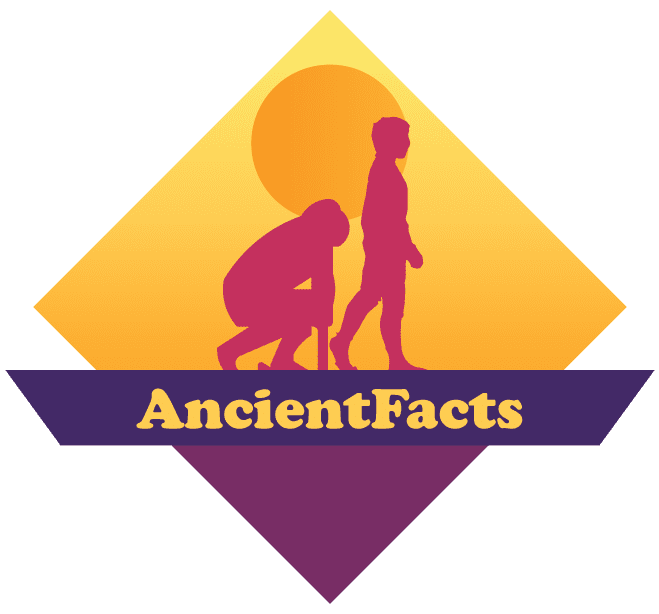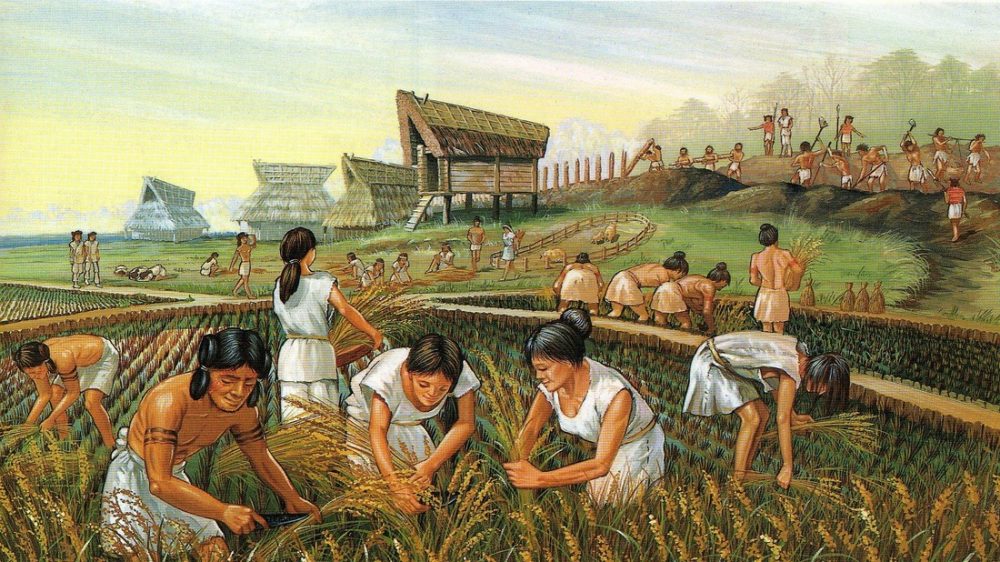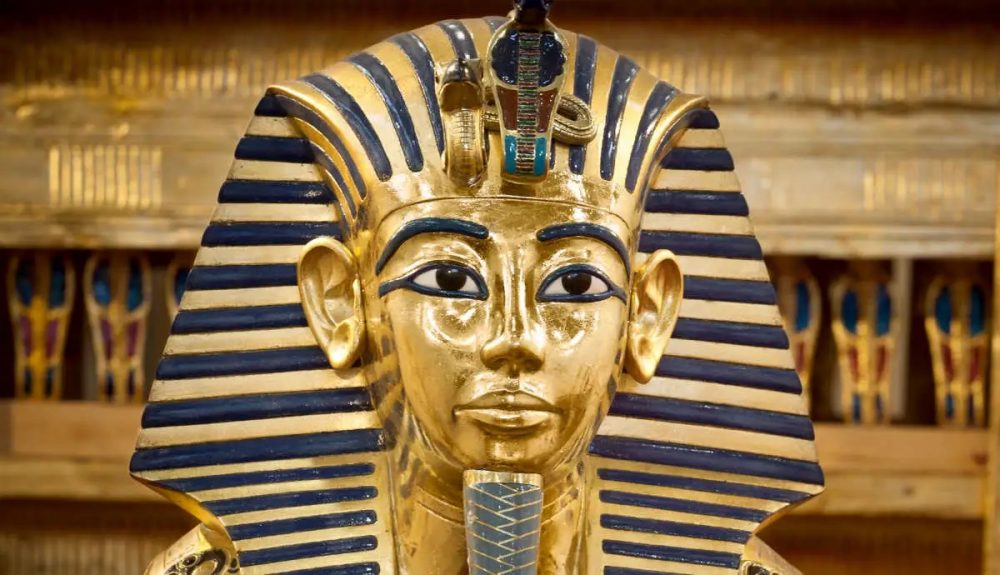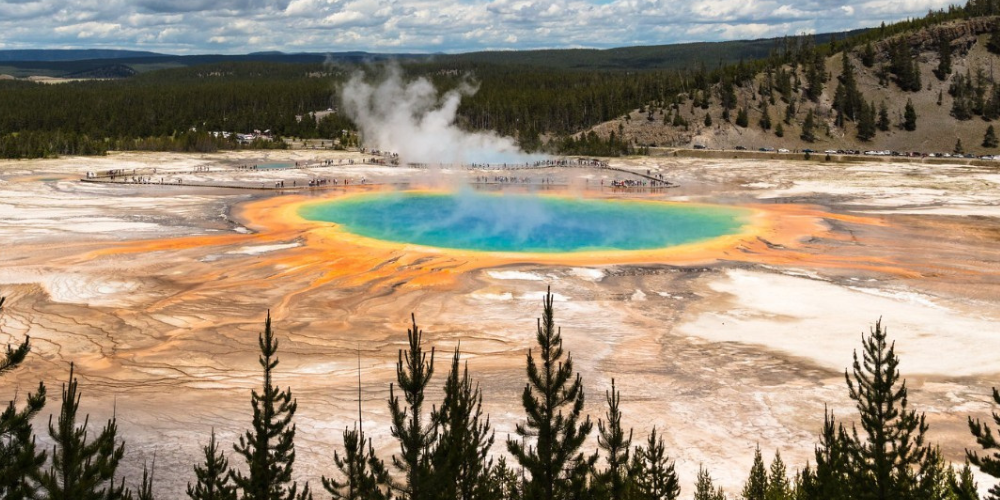When the word "Sparta" echoes in our minds, an image of formidable warriors clad in red capes, holding massive shields, and exuding unparalleled strength takes center stage. These Spartan warriors, the face of an ancient civilization, are often shrouded in mystery and intrigue.
But do we truly understand what it took to become a Spartan warrior? Let's embark on a captivating journey through the annals of history to unravel the secrets of Sparta's warrior elite.
The Heart of Lakedemonia: Beyond the Battlefield
Firstly, it's crucial to dispel the notion that Sparta is merely a city. It's the beating heart of Lakedemonia, a region with a unique societal structure. Unlike other ancient Greeks identified by their city-states, Spartans hailed exclusively from the city of Sparta, living in a society meticulously crafted for war. Spartans ventured beyond the city walls, conquering neighboring lands under the banner of Lakonia, their political domain.
Unveiling Spartan Classes: Spartiates, Dwellers-Around, and Helots

Pixabay | | ModeShare | Spartiates, the ruling class, were the iconic warriors we envision.
Now, let's unravel the layers of Spartan society. Spartiates, the ruling class, were the iconic warriors we envision. Descendants of Hercules and Dorians, they governed over the native population—Helots, a slave class. Standing between them were the Dwellers-Around, free citizens leading a life intertwined with both peace and war. But how did these diverse classes contribute to the Spartan war machine?
The Spartiate Odyssey: From Childhood to Battlefield
The Spartan path to warriorhood commenced with an arduous educational journey spanning three decades. This communal effort, guided by the state, molded Spartiates from childhood. At the tender age of seven, boys entered the first phase of their training, facing a blend of discipline and rule-breaking challenges.
- Communal Discipline: Grouped into "herds," boys faced strict rules enforced by herders and whip-bearers. Rule-breaking was both encouraged and punished, fostering a balance between respect for law and covert operations training.
- Endurance and Collaboration: Spartans stole food collaboratively, honing skills essential for their later warrior life. This collaborative effort extended to their legendary endurance, a trait vital for the challenges that lay ahead.
Lykourgos and the Spartan Mirage: Decoding Spartan Origins

Pixabay | Falstros | At age 20, Spartiates transitioned to young men.
The enigmatic figure of Lykourgos, a lawgiver-king, looms over Spartan history. Myth or reality, Lykourgos shaped the Spartan way of life. The Spartan Mirage, a veil of secrecy and misdirection, surrounded their training methods, making it challenging to discern fact from fiction. The elusive Spartans intentionally concealed their activities, leaving a legacy shrouded in mystery.
From Adolescence to Adulthood: The Crucible of Spartan Youth
At fourteen, Spartan boys entered the rigorous second phase of their education. This marked the most rebellious and cocky period, requiring intense training to shape them into disciplined warriors. This phase included sports, exercises, and the acquisition of essential skills like reading and writing.
- Mysterious Kryptoi Ritual: At age 20, Spartiates transitioned to young men, joining clubs and undertaking the cryptic Kryptoi ritual. Debate surrounds its nature, with theories ranging from Helot hunting to survival tests.
Balancing Act: Spartan Women and the Art of Motherhood
Spartan girls paralleled the intensity of their male counterparts in physical education. Unlike their Greek counterparts, they participated in sports, showcasing a level of athleticism unparalleled in the ancient world. The utilitarian philosophy behind this rigorous education was clear: to ensure healthy mothers who could raise future warriors.

Pixabay | Falstros | Spartan upbringing and perpetual focus on physical and mental training yielded the desired results.
Spartan Society: Clubs, Democracy, and Everlasting Training
The communal spirit persisted in adulthood, as Spartiates dined in groups, contributing to the mess from their own properties. Clubs played a pivotal role, reinforcing bonds and upholding democratic principles. Even as fully-fledged citizens at 30, Spartiates continued their relentless training, ensuring they remained a formidable force.
Legacy of the Spartans: The Triumph of Training
The Spartan upbringing and perpetual focus on physical and mental training yielded the desired results. Their reputation as fierce warriors was not just a myth; it was a reality carved out through intense dedication and discipline. Whether collaborating with fellow Greeks or facing them on the battlefield, the Spartans stood as an indomitable force, their unique system of warrior upbringing forever etched in history.
Unraveling the Spartan Enigma
As we peel back the layers of time, the journey to becoming a Spartan warrior emerges as a testament to discipline, collaboration, and unyielding dedication.
Beyond the iconic imagery, the Spartans crafted a society that thrived on the principles of communal upbringing and perpetual training. The enigma of Sparta persists, but one thing remains clear—the path to becoming a Spartan warrior was anything but ordinary. It was an odyssey of endurance, collaboration, and the relentless pursuit of excellence.




